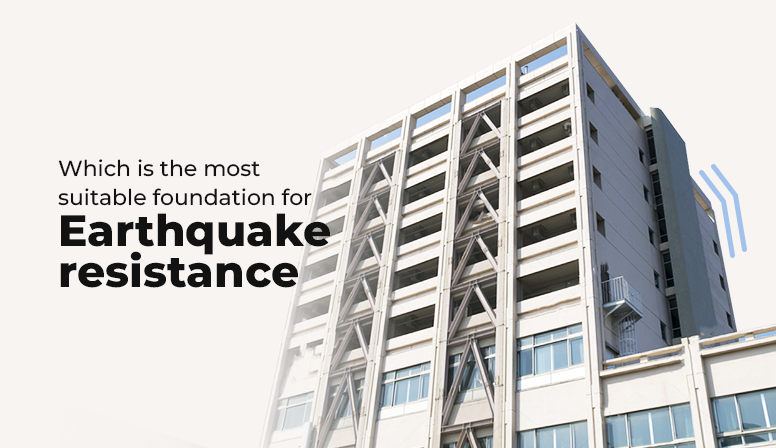While designing an earthquake-proof building, engineers suggest reinforcement in the structure. This procedure counteracts the energy that the earthquake releases. Earthquake demolishes a building by pushing it from one direction while reinforcement protects the building by pushing from the opposite direction.
The various methods used to reduce the earthquake’s impact on buildings include using TMT Bars. According to the latest research, structural falling incidents have considerably reduced during the last few decades thanks to using the Corrosion Resistance TMT Bars in construction. Industry experts also agree that TMT bars are the gold standard for earthquake-resistant buildings. The tensile strength and ductility that these TMT bars provide have made them the most preferred choice of the builders.
TMT bars have soft-core that allows a slight tilting action. These products have a ferrite-pearlite core and robust martensite external surface. The exterior brings the structure back to its original position during such vibration. Their ductile characteristics ensure better adjustments to tensile stress during times of earthquakes.
Corrosion Resistance TMT Bars have two fundamental properties. Elongation and ductility. These properties help them maintain structural integrity during natural calamities like an earthquake. Shock is absorbed within, and no breaking occurs.
Current-day manufacturers instill high elongation percentage and top yield strength into the latest developed TMT bars. Both of these are crucial to determine their flexural capacity. Such determination is essential to assess the probable bar behavior during seismic activities and their aftershocks.
Recently, the companies deployed Tempcore Process Technology while producing updated TMT Bars. The technology has helped the buildings become resistant to natural calamities like earthquakes.
Manufacturers can produce different grades of Corrosion Resistance TMT Bars by tweaking the Thermo-mechanical treatment process. Steel with more quench will get a thicker outer martensite layer. Such bars have less softness in the inner core.
- Creating a flexible foundation may prove worth withstanding the earthquake. You can try building the structure on top of artificial pads. It will separate the building from the ground. Seismic activities may remove the pad while the building would stay in its position.
- You can alternately place a solid foundation slab made of reinforced concrete and crisscrossing strips over an intermediate cushion of sand. It will keep the building base away from the soil thereby guaranteeing resistance to seismic forces.
- You may ask your builder to add features to help absorb shocks from seismic activities. The use of seismic dampers can be helpful in this regard. These products absorb destructive energies thereby protecting the building from falling. The larger their diameter, the more force they can handle.
- Using Corrosion Resistance TMT Bars is an effective way to strengthen a building structure against earthquakes. These bars redirect seismic forces. Shear walls and braced frames too can transfer lateral forces from the floors and roof to the foundation. Experts suggest more structural reinforcement for shorter buildings than the skyscrapers. Tall buildings offer more resistance to earthquakes.

